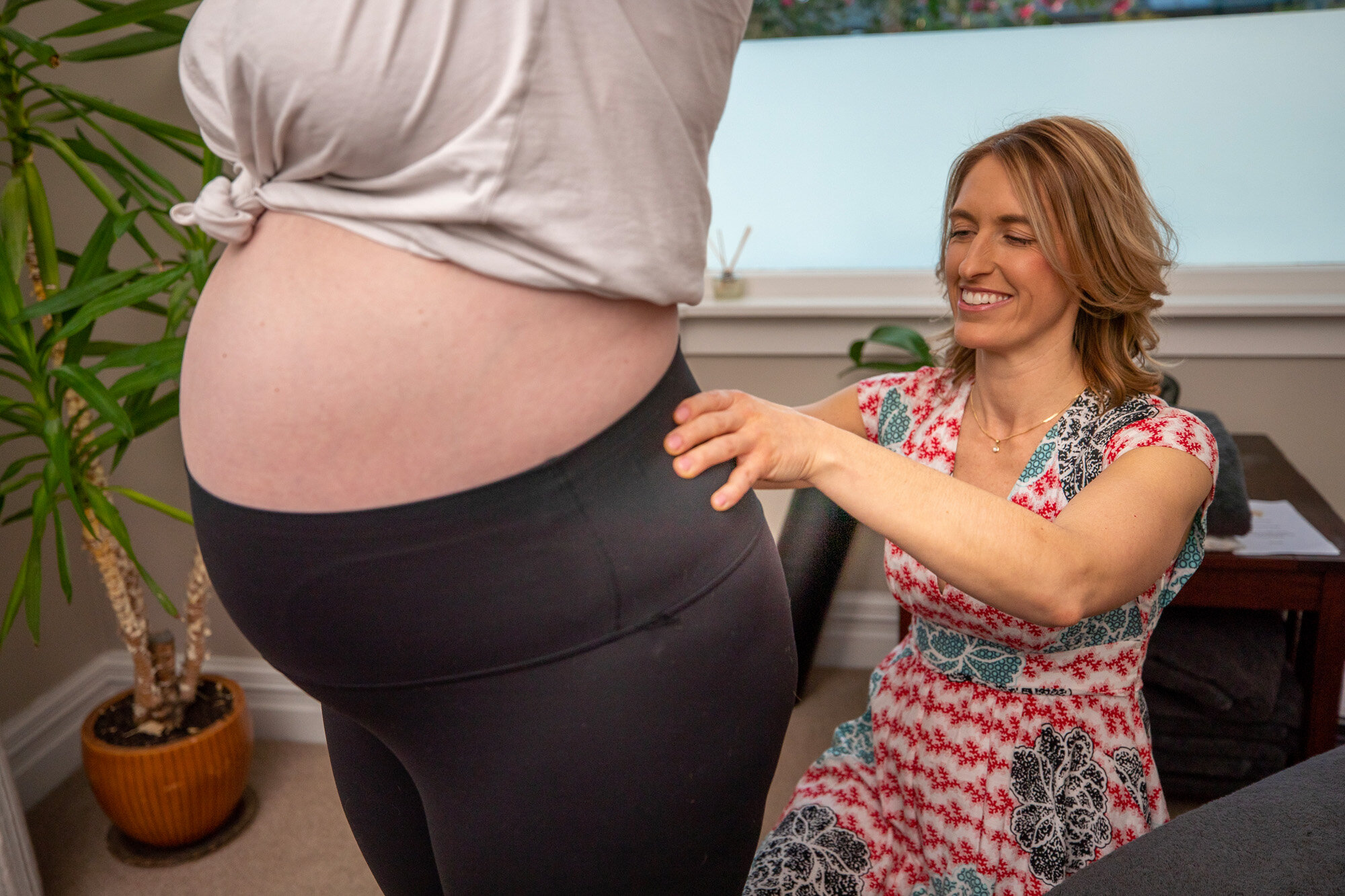
Osteopathy during Pregnancy
Osteopaths can assess and treat many common complaints associated with Pregnancy. As the body adapts to the change associated with a growing baby, posture and the centre of gravity shifts.

Osteopathic treatment can be beneficial during Pregnancy to help:
Ease some of the physical discomforts of Pregnancy
In some cases helping stabilise a threatened miscarriage
Prepare for the mother’s demands of labour
Recovery afterwards from both Pregnancy and delivery
The most common complaints associated
with Pregnancy:
Lower Back and Pelvic pain
Sacroiliac Joint pain
Pubic Symphysis pain
Sciatica
Neck, Shoulders pain and tension
Headaches
Blocked Nasal Sinuses
Mid-back pain
Breathing difficulties
Carpal tunnel syndrome
Heartburn/ Reflux
Varicose veins and Haemorrhoids
Why have Osteopathic treatment during Pregnancy?
Pregnancy is a very physical experience, the mother has to gradually adapt to carrying more weight, which imposes more physical strain on all the organs and tissues surrounding the growing baby. Some are visually obvious; others are more subtle, as the release of hormones affect the anatomy, physiology and biology of the body’s systems.
Pregnancy is a unique event for the mother’s body. Enormous physical, chemical and emotional changes take place over a relatively short period of time. An Osteopathic examination before becoming pregnant or during the early stages of pregnancy can help identify the physical limitations and strains of the mother’s body, which may interfere with the developing pregnancy and ultimately the labour and delivery.
An important part of the preparation for labour is for the Osteopath to ensure the mother’s pelvis is structurally balanced to allow the passage of the baby down the birth canal.
Osteopathic treatment is extremely effective at releasing old strains within the pelvis, thus giving the best chance for an easy and uncomplicated labour.
The gentle techniques used during treatment for pregnancy are selectively chosen for the safety to mother and baby and with minimal risk associated with this.









